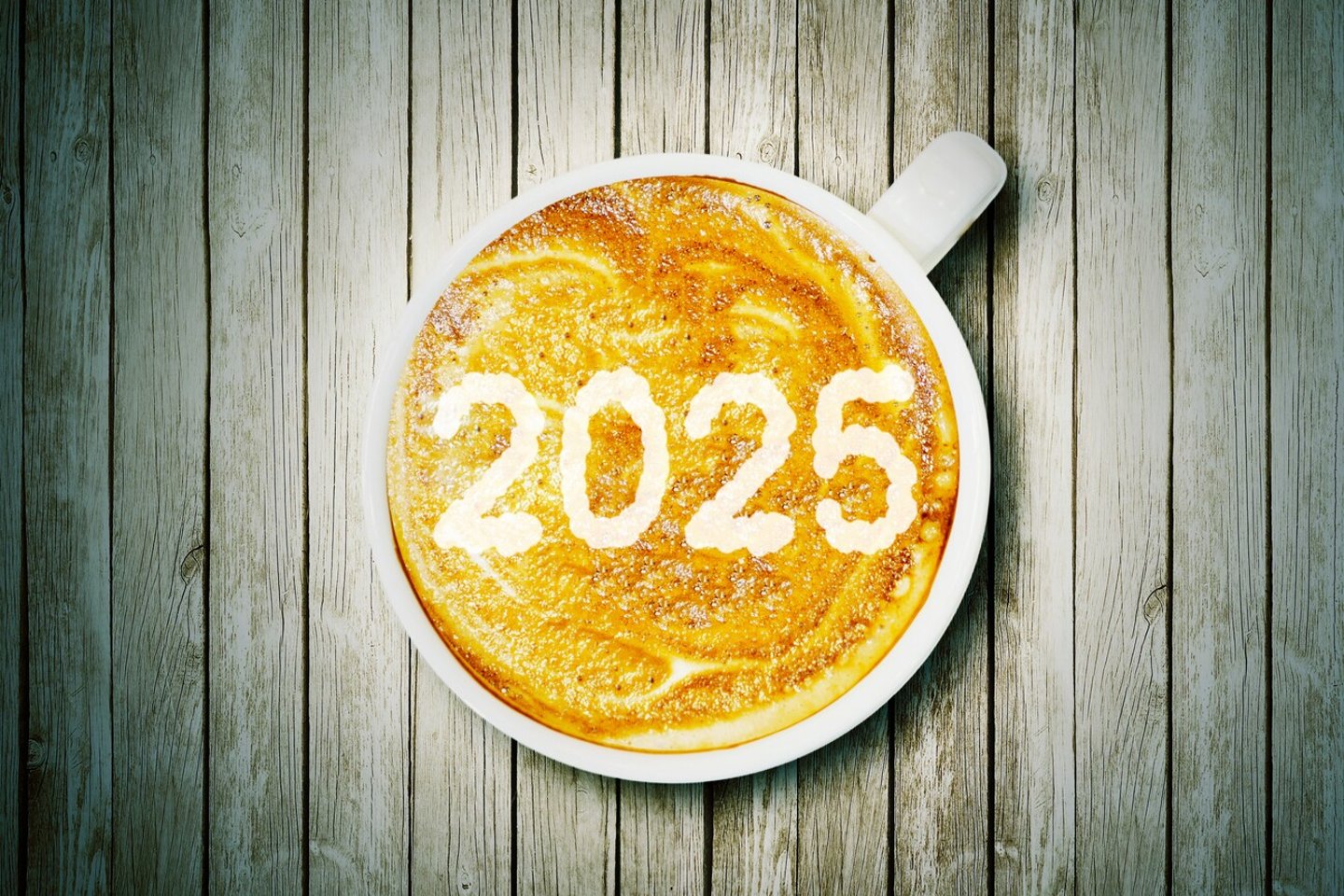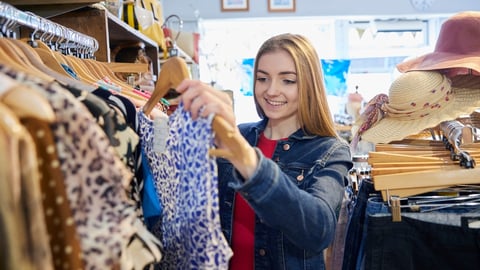Acosta Group: Five consumer predictions for 2025
A redefined focus on value, offerings and shopper connections and experiences are the key takeaways from Acosta Group’s 2025 consumer predictions for 2025.
Compiled by Acosta Group retail experts and industry thought leaders, the 2025 predictions are based on comprehensive research as well as studies conducted throughout the year with the company's proprietary shopper community and its brand and retail partners.
“Savvy consumers are defining what they most value, how they want to shop, and their desire for authenticity, personalized connections, innovation, convenience, and a bit of fun,” said Colin Stewart, executive VP, business intelligence, Acosta Group.
Here are Acosta five predictions.
1. A new definition of "value" driving consumer preference
While price remains key and numerous retailers are touting their price cuts on thousands of items, consumers are looking for authentic connections with brands and retailers. Those who align with shoppers' values, definitions of quality and experiences are gaining loyalty.
Different generations have different definitions of value:
- "Low price with high quality, no extra effort to get the discount (no searching through apps), no 'must buy X number' to get a deal" – Gen Z
- "Value to me means the highest quality possible at a lower price" – Millennial
- "…If it is a product that amazes you, it holds great value" – Boomer
To compete, national brands should maximize impact for retailers with more-for-the-money offers and breakthrough innovation that warrants the premium. Retailers are asking for innovation to drive traffic, and 84% of consumer packaged goods brands expect to launch some form of innovation in 2025.
"Consumers have become very astute value seekers, reshaping the overall retail experience by demanding more than discounts," said Kathy Risch, senior VP, thought leadership and shopper insights, Acosta Group.
2. Consumers crave affordable indulgence away from home
The premiumization trend is expected to grow in 2025, with consumers willing to pay for gourmet ingredients and unique flavors that reflect broad cultural influences.
"The concept of affordable indulgence is gaining traction," added Risch, further explaining that consumers are looking for value-driven menus that feature innovative flavors, gourmet presentations and convenience.
The year 2024 was a challenging year for foodservice operators. Fast-casual has been the exception, carving out single-digit increases by focusing on food quality, consumer convenience and narrowing the price gap with quick service restaurants. These operators also successfully and creatively responded to the demand for affordable indulgence. The foodservice outlook remains complicated in 2025.
A few important takeaways for operators:
- Affordability will continue to be important to diners, as will an elevated overall experience, requiring operators across the channel to reset their pricing strategies and emphasize everyday value in their marketing plans.
- Amidst ongoing economic uncertainty, the "little treats" trend of permissible indulgence continues to grow, providing fun quality at agreeable price points.
- Successful operators are creating unusual, trendy, Instagram-worthy dishes to drive visibility and traffic.
3. Shoppers' in-store experience is the new canvas for retail media
Most retail sales continue to occur in stores, with the seamless integration of digital retail apps, pre-trip online research and online purchasing. Brands and retailers have recognized that stores are powerful platforms for dynamic retail media, providing opportunities to enhance shopper engagement by building personalized connections and delivering measurable value to customers. Advanced AI-driven technologies are empowering personalization tailored to individual shopper behaviors.
The retailer app is the most powerful in-store media tool, combining first party data with in-store traffic insights. The challenge for retailers: helping shoppers balance the benefits of these increased levels of personalization with a perceived loss of privacy.
4. Shoppers embrace effortless shopping in their social feeds
Social commerce blends personalized content and commerce into a growing retail channel where brands can engage directly with shoppers. It's also a way for brands and retailers to establish digital storefronts directly on leading platforms.
"As consumers are spending more time on their social feeds, they are also spending more time using these platforms to do product research, read influencer posts, discover new products they 'didn't know they needed,' and with the convenience of a click, make a purchase they believe meets their needs or preferences," said Risch. "It's a perfect blend of entertainment, personalization, connectivity and convenience that is important for brands to build into their commerce plan.”
All major social media platforms are capitalizing on shopping. According to YouTube, consumers watched over 30B hours of shopping-related content on its platform over the past year. In the case of TikTok, Acosta Group found that younger generations, 52% of Gen Z and 22% of Millennials, had made a purchase in the past three months, compared to just 11% of Gen X and 3% of Baby Boomers.
Also, 87% of Americans use social media daily, according to Chain Store Age. Specific to shopping behaviors, 51% of shoppers who have used social media have clicked on a social media ad in the past three months and of those, just 24% have purchased an item using shoppable features, per Acosta Group.
"Brands and retailers must continue to build a trusted relationship with consumers via their social media platforms to drive additional purchases through this channel," said Risch.
5. Empowered shoppers deive a wave of change in health & wellness
Health-conscious consumers are prioritizing transparency due to declining trust in traditional marketing for health messaging that they perceive to be "healthwashed," turning instead to digital tools and online communities for information.
Individualized health management is on the rise, driven by integrative medicine, telehealth, health coaches, and wearable technology that empowers consumers to make informed wellness choices. Simultaneously, health-focused influencers and online groups are increasing, carrying a potential risk of misinformation due to minimal oversight.
The "food as medicine" movement is anticipated to gain traction in 2025. In response, food and beverage innovation will continue, supporting the reaffirmation of the important role that food and nutrition play in sustaining health, preventing disease, and providing therapies for diet-related conditions.
Brands and retailers should:
- Recognize that consumers are paying more attention to food labels and ingredients than they have in the past;
- Understand which health, wellness, and diet information is most important to consumers; and
- Focus on transparency, health education, and tailored products that position them as trusted partners in consumers' health journeys.




